Tuberose in the photo

Many flowers are worthy of being placed in your garden, but it is impossible to study all the varieties of beautiful plants. Yes and tuberose in the photo This is the first time many people are discovering this beautiful flower.
Tuberose is also called polyanthes tuberiferous. This plant is a perennial herbaceous corm. The tuberose in the photo shows exactly what this plant is valued for - of course, for its beauty. You also can’t help but pay attention to the wonderful aroma, which can change throughout the day. This plant blooms from July until October. When cut, tuberose can last for almost two weeks without losing its aroma.
The corms of this plant must be planted in the spring in the ground to a depth of about 1-2 cm. You can not water the tuberose until the leaves appear. But as soon as the plant begins to actively grow, it is immediately necessary to provide abundant watering. At the same time, it is also necessary to feed the plant with nitroammophos.
Tuberose will grow wonderfully in both partial shade and sunny areas. This plant reproduces by children, which appear around the mother plant in the first year. They can be separated already in mid-summer - this will allow the mother corm to bloom. The plant can also be propagated by cuttings or division.
Another advantage of this flower is that it can be for the winter, carefully dig it up and plant it in a pot, then, even at home, it will be able to please with its flowering in winter.
Tuberose is quite disease resistant.Very rarely it can suffer from mole crickets, aphids or mice. It is very good to plant tuberose as a predecessor for dahlias or other ornamental plants.

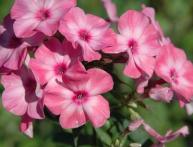
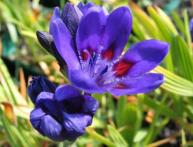
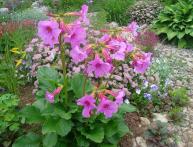
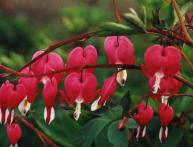

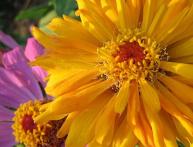

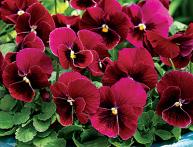
Comments
I’ve heard a lot about the scent of tuberose, but I’ve never seen the flower itself. But I really liked it - gentle and elegant.